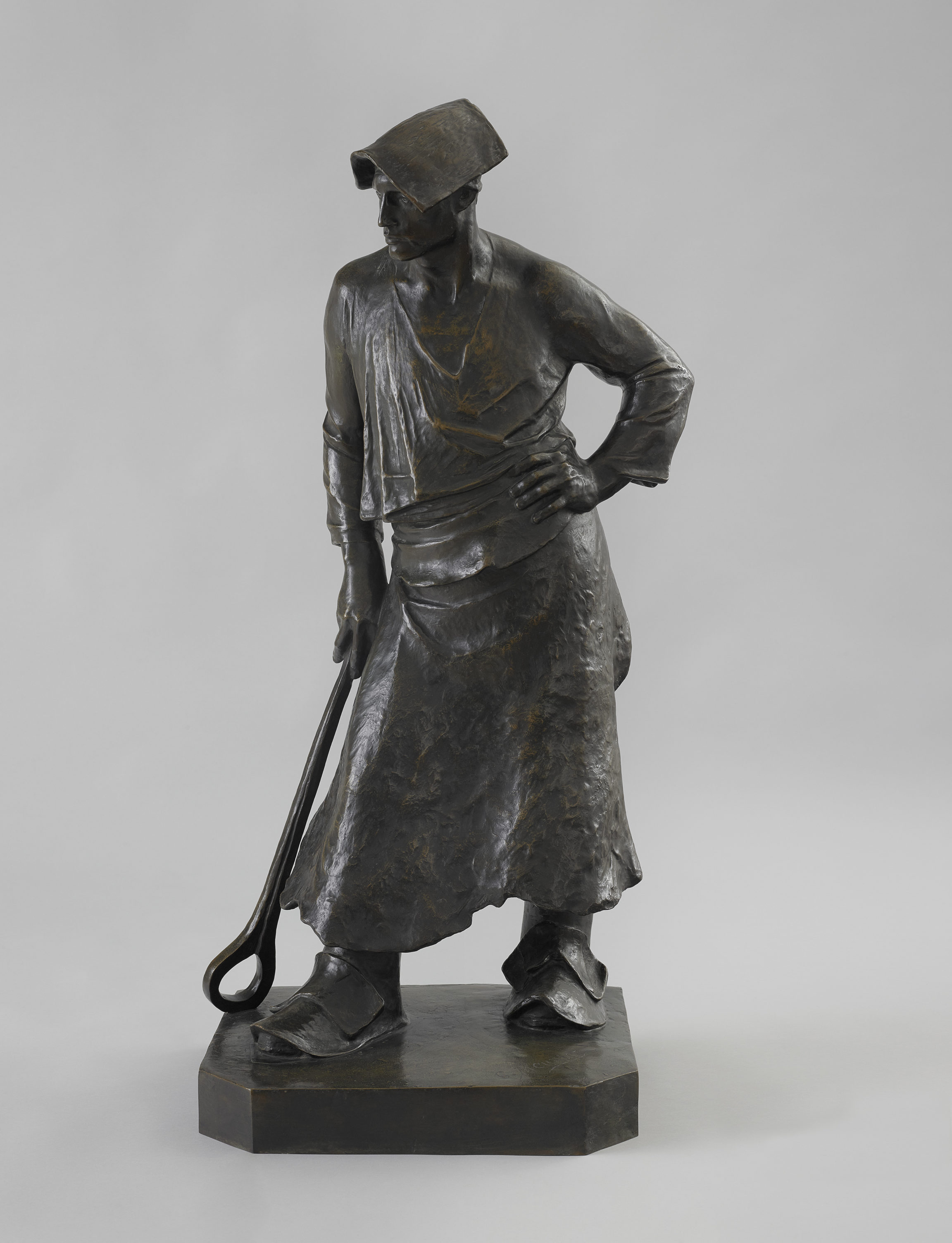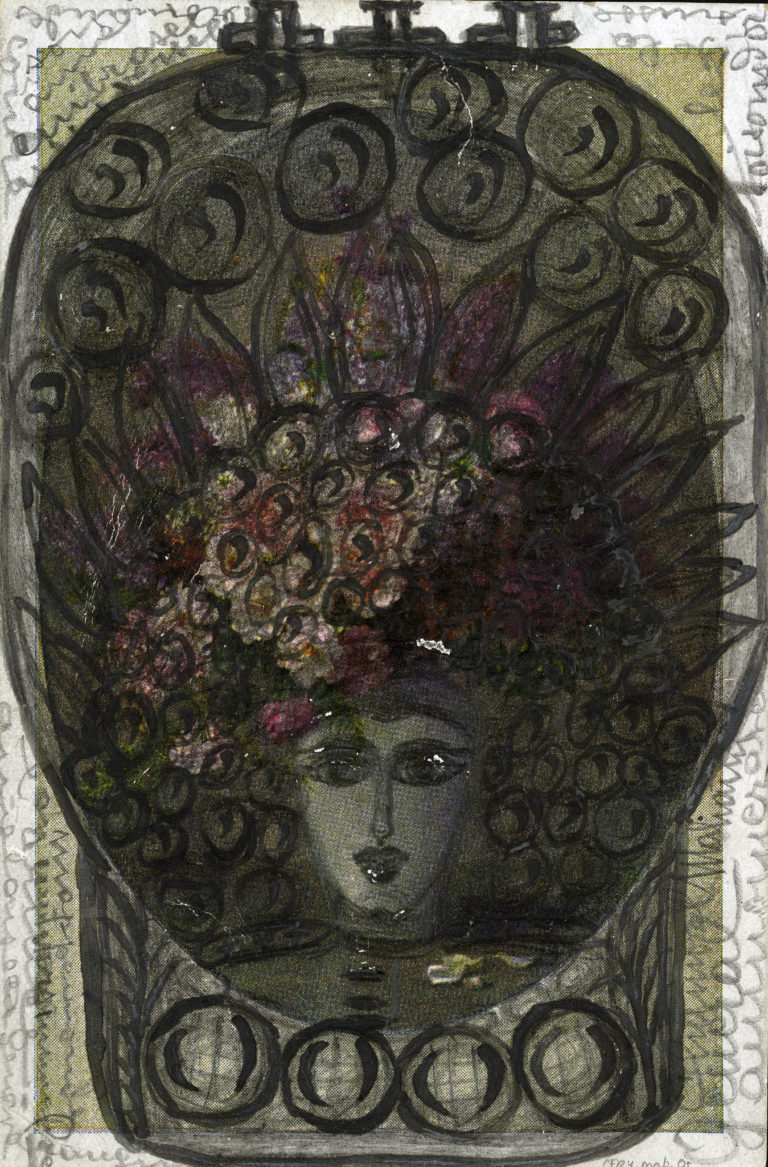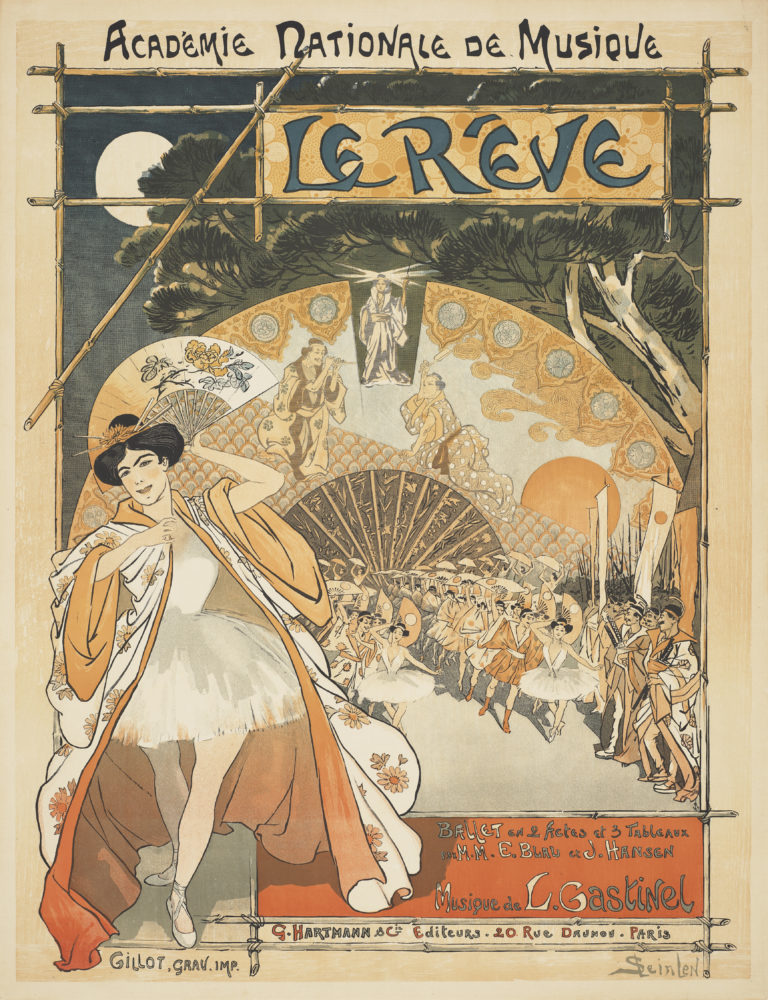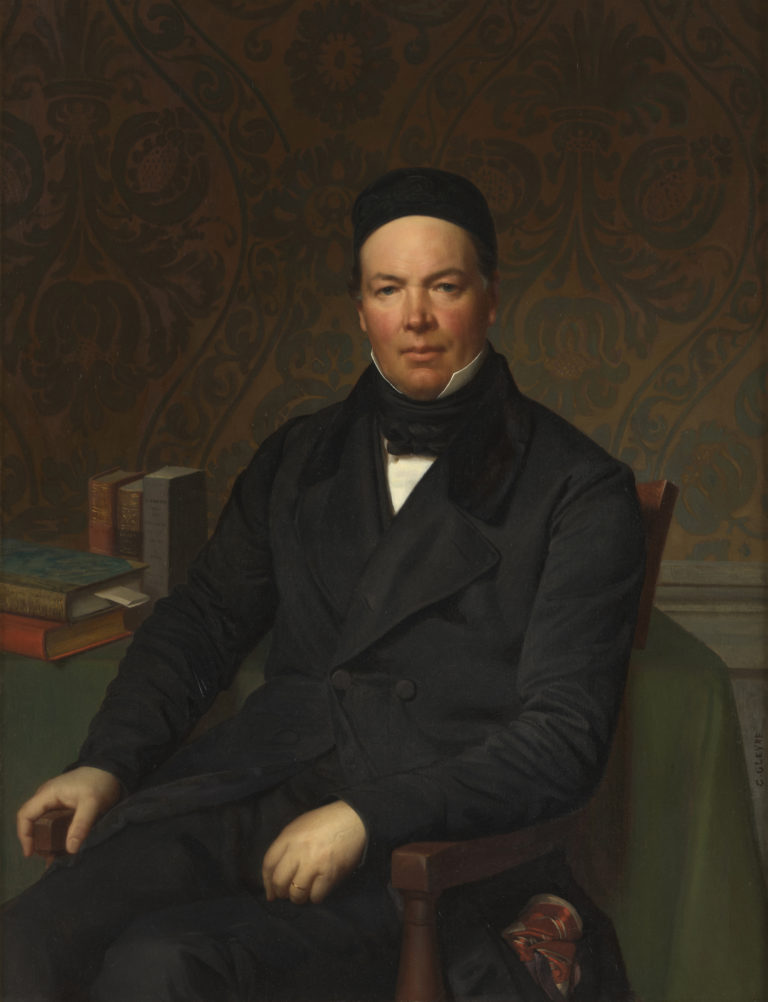Bibliography
Francisca Vandepitte (dir.), Constantin Meunier (1831-1905), Tielt, Lannoo, 2014.
Micheline Jérome-Schotsmans, Constantin Meunier. Sa vie, son œuvre, Bruxelles, Olivier Bertrand Éditions, 2011.
Jörg Zutter and Catherine Lepdor (eds.), La collection du Dr Henri-Auguste Widmer au Musée cantonal des Beaux-Arts de Lausanne, cat. exp. Lausanne, Musée cantonal des Beaux-Arts, Milan, Skira, 1998: n. 91.




Following his academic training, Meunier attended classes given by the Belgian sculptor Louis Jéhotte, an admirer of Greek art, before taking up painting, a medium that he considered less bogged down in academicism and more open to the great movement of renovation sweeping through the arts. He did not come back to sculpture until 1884, inspired by his vision of the ‘plastic grandeur of the industrial worker’.
Le marteleur is contemporaneous with the Walloon uprising of 1886, a wave of ferociously repressed workers’ strikes. Meunier’s realist approach to his subject brings out the difficulty of the man’s work, demanding both strength and dexterity, all in the suffocating heat of the furnaces and beset by the dangers of handling molten metal. The drop forger’s body, gesture and posture when at rest recall what the artist observed at the Cockerill foundry in Seraing, as does the man’s characteristic outfit with visor, big leather apron, shoe protectors and pincers. By combining this realism with a contrapposto posture – left hand resting on the hip, right foot forward – straight out of the classical repertoire, Meunier elevates his steelworker to the status of a hero of modern times.
The full-scale plaster version of Le marteleur was exhibited at the Salon des artistes français, Paris, in 1886. This work, of which the Museum has a two-thirds-life-size cast, won the artist his first critical acclaim. It was praised by the art critic Octave Mirbeau, who acclaimed it as a modern answer to the traditional allegories in which women draped in the antique style contemplate the attributes of labour. ‘Meunier actually met this powerful, superb worker in the Borinage, and he made him as he saw him, and as he is.’ Placed in the tradition of a Jean-François Millet or Charles de Groux, Meunier was henceforth seen as one of the major representatives of socially-engaged art in Belgium.